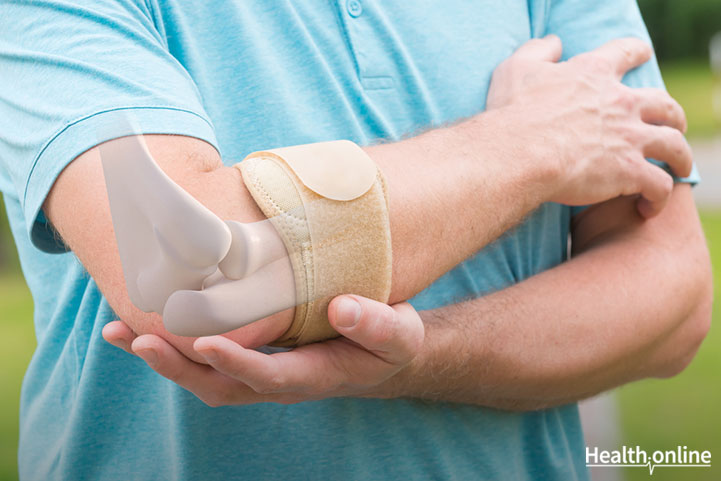
Surgical Treatment: Tennis Elbow
The procedure:
If your symptoms do not respond to non-surgical treatments after 6 to 12 months, surgery may be recommended by your doctor. In most surgical procedures for tennis elbow, the diseased muscle is removed and healthy muscle is reattached back to your bone.
There is no hard and fast rule on what kind of surgery will be performed. The right approach will depend on a number of factors like the scope and extent of your injury, your overall health, and your personal needs. When you talk to your prospective surgeon, request him to discuss in detail the nature of each option, including the risks associated with each procedure.
Risks of the procedure:
- Infection
Whenever surgery is performed, one of the possible complications is an infection. To prevent the onset of infection, surgeons always take proper precautions such as implementing a sterile environment during the surgery and often giving you antibiotics immediately before or after your operation. However, in some cases infections result due to complications or pre-existing issues with the patient, and in some rare cases due to a mistake on the part of the surgeon. - Nerve and blood vessel damage
As the surgeons maneuver through layers of tissue during your operation, it is possible that some of your nerves and blood vessels will be damaged. This is one of the drawbacks of surgery. However, in the hands of competent surgeons, this complication can be avoided. - Prolonged rehabilitation
The extent of damage and repair of your injury will determine the length of time that you will need for rehabilitation. The more muscles and tendons involved, the more time you may need to recover from your injury. - Loss of strength
This could happen if a part of your muscle or tendon is not properly re-attached to the lateral epicondyle. Thus, the competence of your surgeons play a great role on this count. - Loss of flexibility
If the original length of your muscle or tendon is not returned to your elbow structure, then you may experience loss of flexibility. - Need for further surgery
If you experience some problems after the initial surgery another may be scheduled to further check and repair damaged structures in your elbow. This could happen if the extent of damage of your muscle or tendon is so severe that one operation may not be enough. This could also happen if your surgeon was not good enough to perform the procedure safely and comprehensively the first time around.
Types of surgical procedures:
- Open surgery
As the term implies, the painful area in your elbow will be incised and the damaged muscle will be removed. This will be followed by reattaching the healthy muscle back to your bone. The advantage of open surgery is that the visualization of the operating field is so good that the procedure could be done with near perfection. The disadvantages are wider and longer incisions and longer healing times. If this is done as an outpatient procedure it may not even require an overnight stay in the hospital. - Arthroscopic surgery
In arthroscopic surgery, miniature instruments are used to repair the damage. The advantage of this procedure is that healing times are shorter compared to open surgery. However, there is some degree of risk in terms of not perfecting the repair of the damage because the visualization of the operating field is somewhat limited. - Rehabilitation
After surgery, your arm may be immobilized for some time with splint. After a week the sutures and splint are removed. This is followed by exercises meant to stretch the elbow and restore flexibility. Light strengthening exercises will be started and gradually made more intense. Success rates in tennis elbow surgeries are quite high, hitting an average of 80% to 90%. On the negative side, quite a number of patients experience loss of strength after the surgery.
New trends in treatment:
- Platelet-rich plasma (PRP)
PRP is now being investigated for its role in facilitating the healing of your tennis elbow. This substance is developed and derived from your own blood and contains the so-called growth factors which are essential in healing of your injuries. The treatment consists of injecting PRP at the site of pain in your elbow. So far the results of this procedure have been promising and a few treatment centers have started using this as part of non-surgical treatment for tennis elbow. New research is ongoing to fully establish its efficacy and safety.




